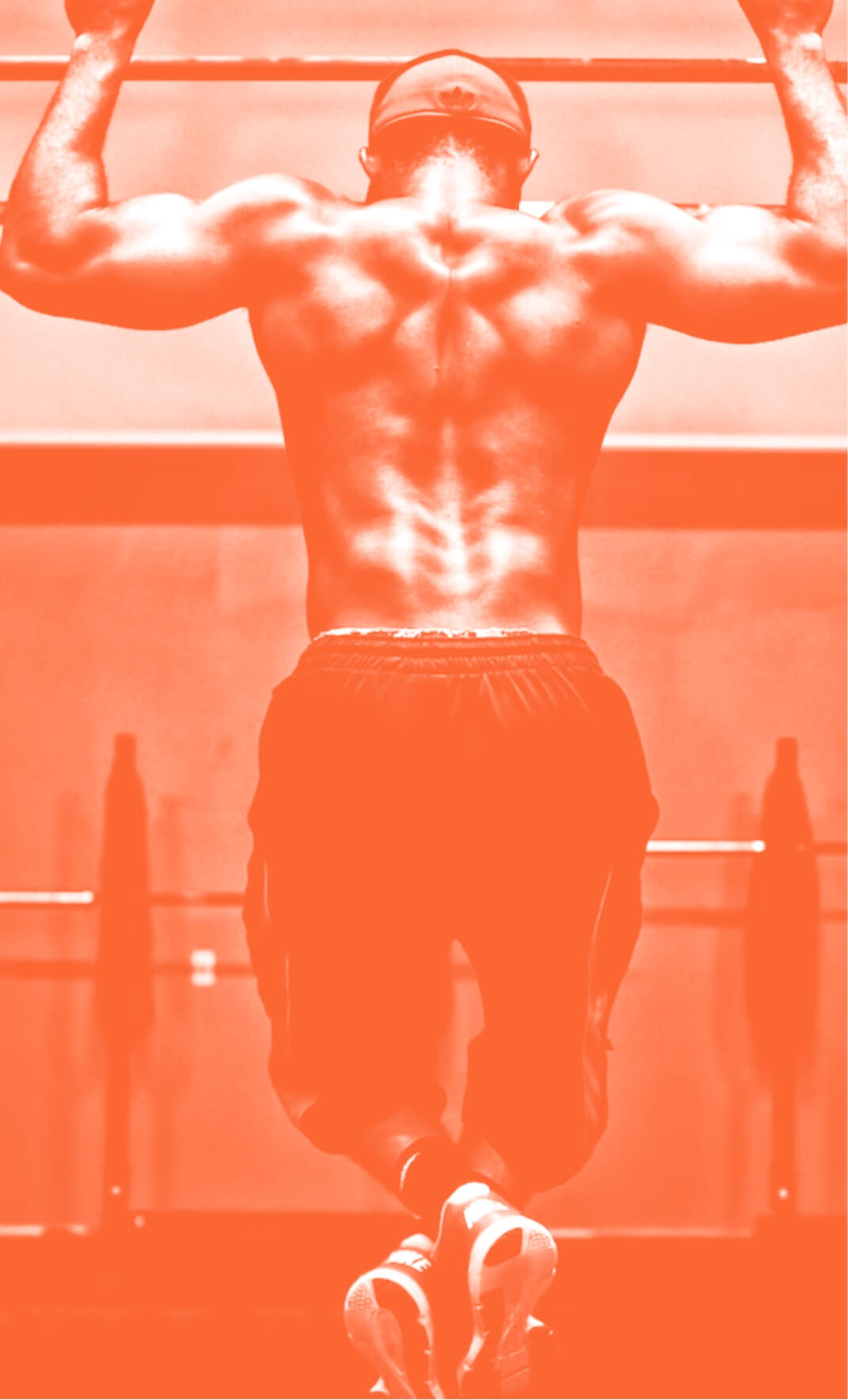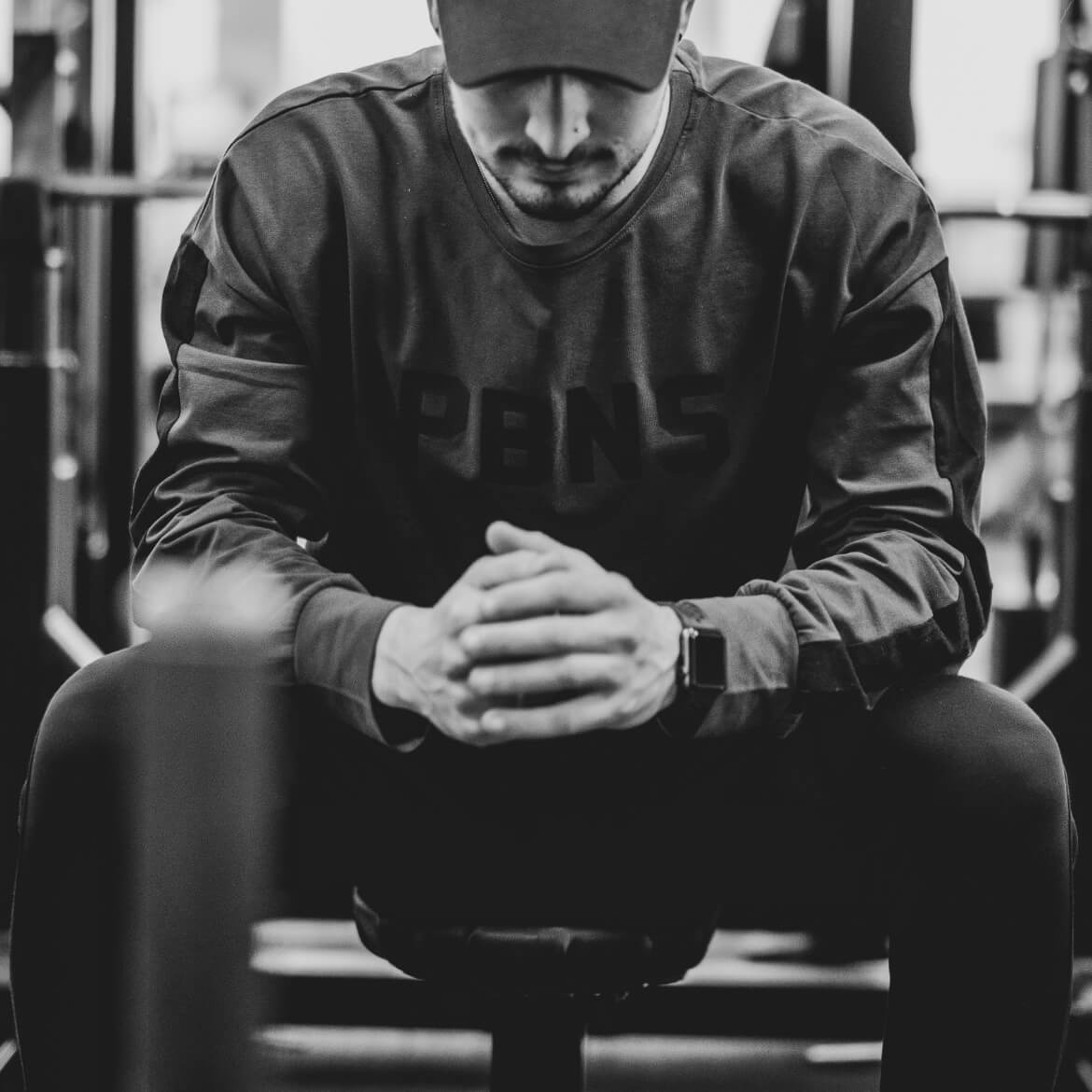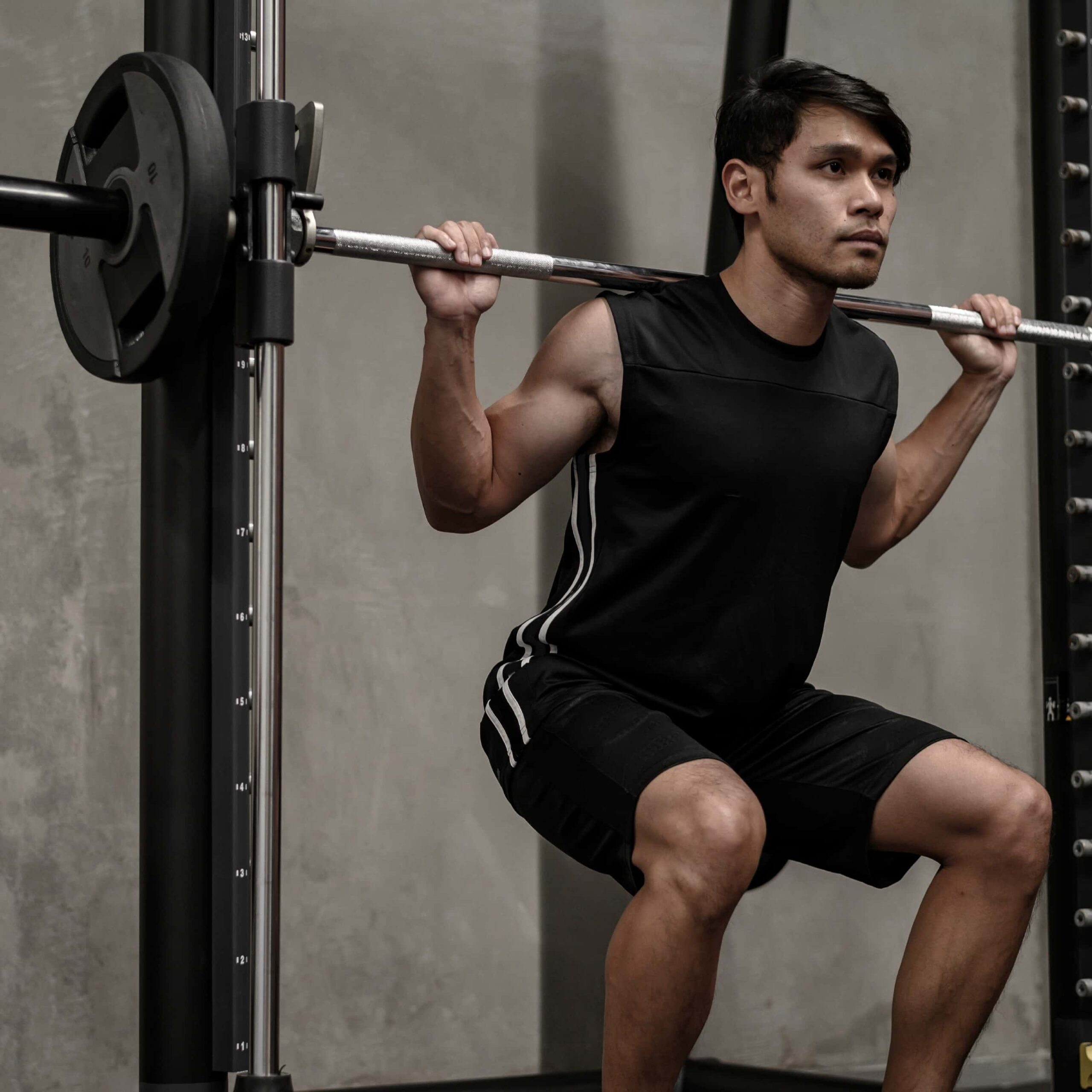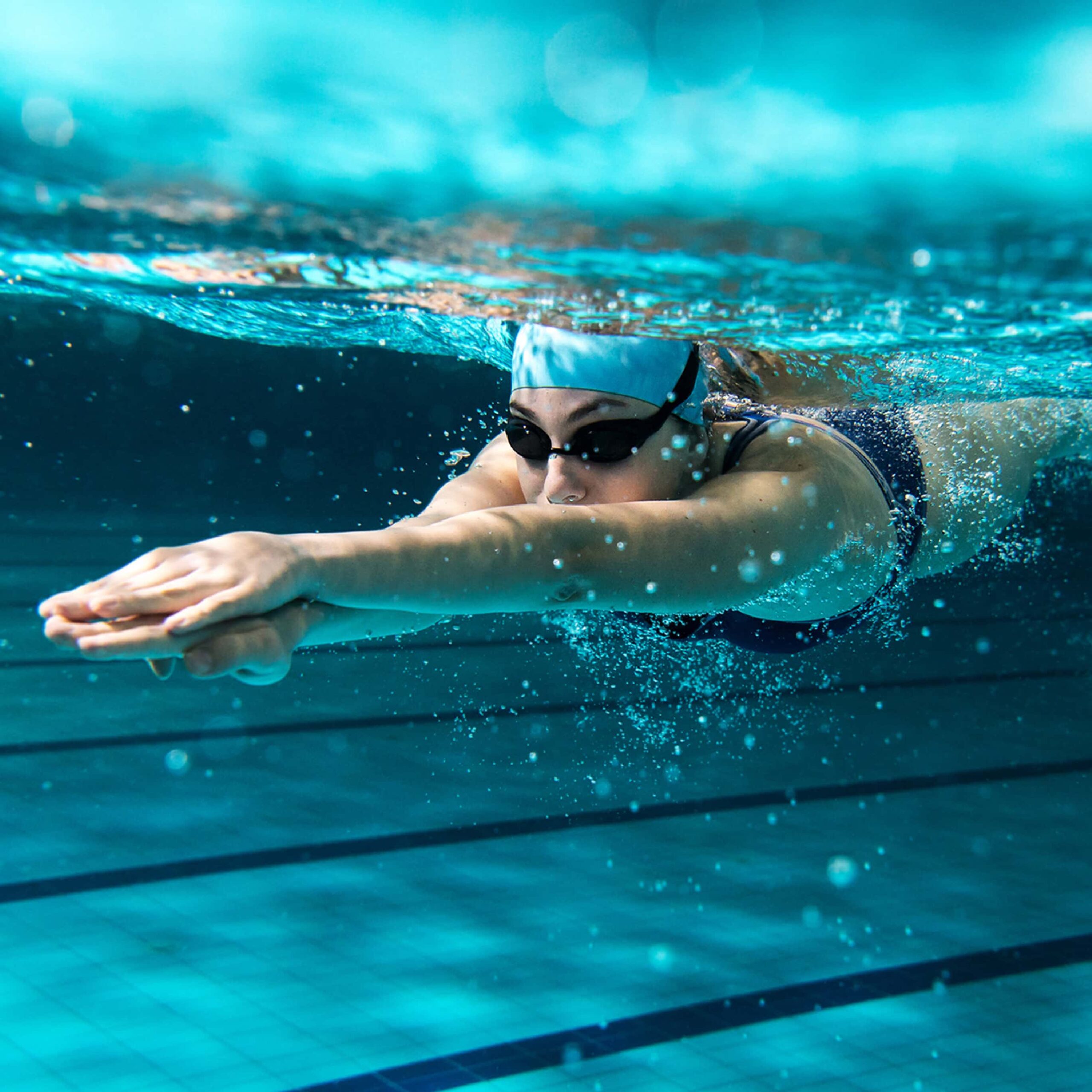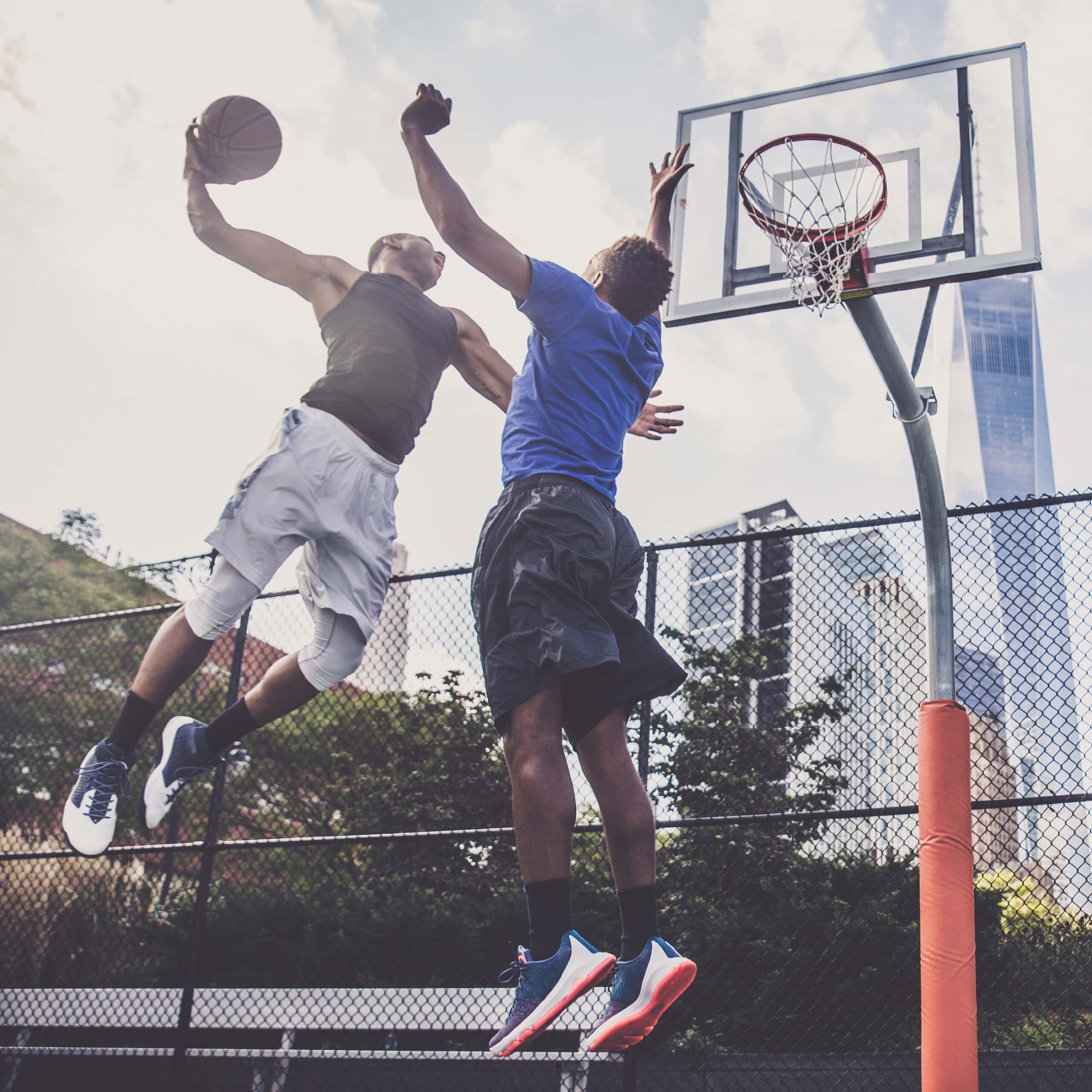How To Bicep Curl
11th May 20

Bicep curls should be at the forefront of your weight training. This tried and tested move, which most often uses a barbell or dumbbells, is a great basis for incredible arm results and can take you to new heights with other exercises. We’re going to explain how to bicep curl correctly and make the most of this move, including the correct stance, grip and technique. Read on to find out more.
Want to move fast? Jump to the right section below.
- Warming Up Before Bicep Curls
- The Correct Stance for Bicep Curls
- The Right Weight for you
- The Correct Grip for Bicep Curls
- Bicep Curl Technique
Warming Up Before Bicep Curls

Warming up is an essential part of exercise, reducing your risk of injury and maximising your performance. One of the best ways to warm up for bicep curls is to perform the move using a considerably lower weight; repetitions with a lighter barbell or dumbbells will prime the muscles you’re about to use. You could also try rowing and stretching to warm up and improve flexibility.
The Correct Stance for Bicep Curls
For the best form, we recommend performing your bicep curls standing up. There are many different variations for performing bicep curls, including sitting. However, standing up is often best practice for exercises as you can support yourself and engage your body for full stability.
The Right Weight for You
It goes without saying that you need to use the correct weight for your ability. Do not compare yourself to anyone else. You should have a good idea of your own strength and the weights that feel challenging yet appropriate. If you use a weight that is too heavy, you will compromise your form, hinder progress and risk injury.The correct grip for bicep curls
The Correct Grip for Bicep Curls

The most common practice for the bicep curl is with a barbell or dumbbell. They are popular and useful pieces of equipment for your exercise arsenal. When you perform a bicep curl, no matter your weight of choice, your hands and arms should be in more or less the same position. Keep your hands in line with your shoulders so that you are lifting straight upwards, ensuring that you hit the right areas.
Bicep Curl Technique
Pivoted Elbows
To fully engage your biceps and make good progress, your elbows need to stay in the same place so that you pivot 90 degrees through your elbow joint. Lock your elbows by your sides so that you don’t flare them and prevent other muscles from helping you to lift the weight.
Take it Slow
It is too easy to build up speed and momentum during this move, but it is important to take the move slowly to get the most benefit. Try to aim for 2-3 seconds each way and concentrate on the movement. And by spending more time under tension, you’ll boost your progress.
Straight Back
As with most exercises, it’s important to keep your back straight. This will help to prevent the build up of momentum as well as protecting your technique. A straight back will also force you to keep focus on your biceps, which is where you want to be seeing progress.
Locked Wrists
Keep your wrists locked where they should be. It is very easy to bend your wrists when you hold a heavy weight, which can lead to injury in the muscles, ligaments and tendons of your wrists. Avoid this by keeping your wrists straight and locked.
And breathe!
By nailing all of the above, you’ll be well on your way to bicep curling better than ever, and you’ll see the benefit when performing other exercises, too. Find out more about weight training at Exercise.co.uk or visit our shop to stock up on equipment.

Before beginning any exercise or nutrition program, consult your physician, doctor or other professional. This is especially important for individuals over the age of 35 or persons with pre-existing health problems. Exercise.co.uk assumes no responsibility for personal injury or property damage sustained using our advice.
If you experience dizziness, nausea, chest pain, or any other abnormal symptoms, stop the workout at once and consult your doctor immediately.

